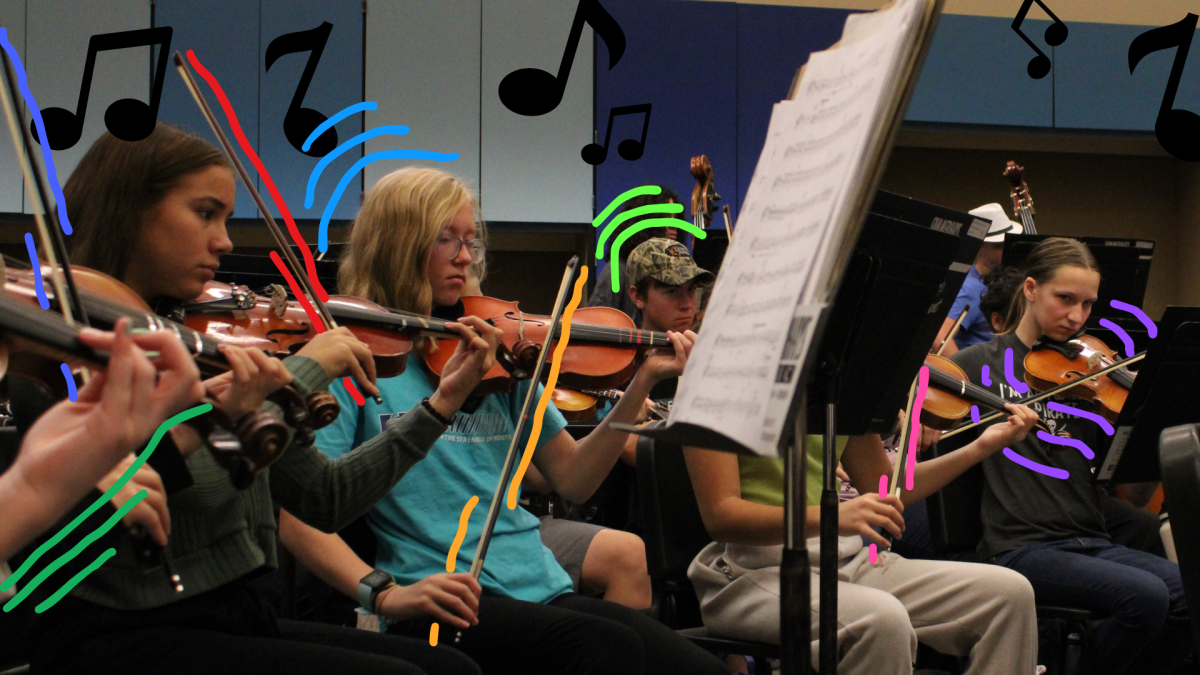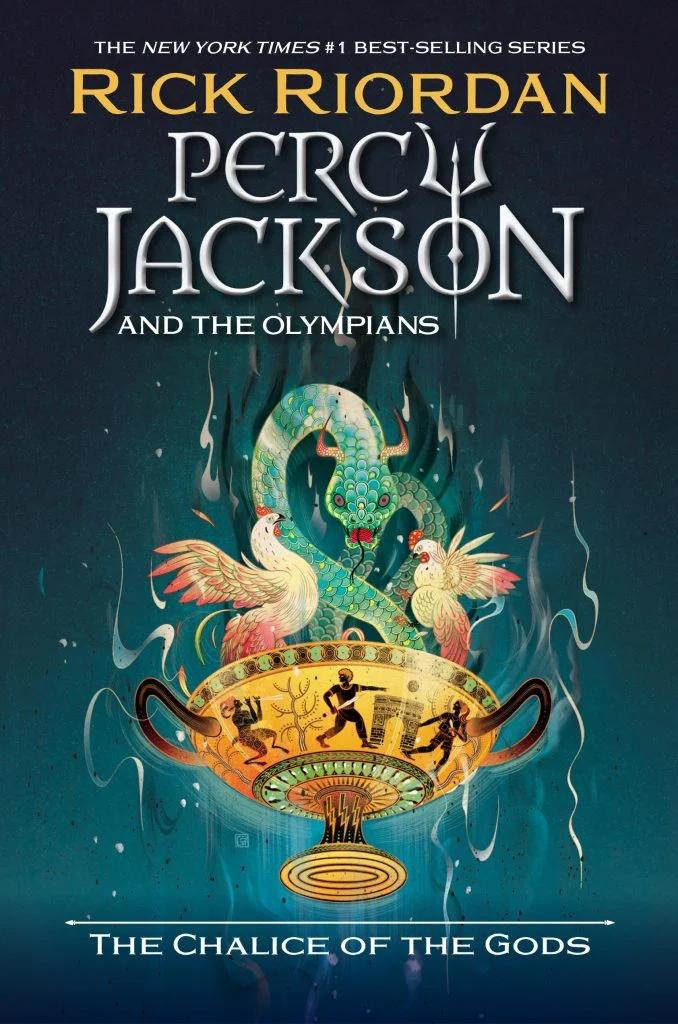In any music room, the chatter of voices and clattering of instruments can evoke a flood of emotions. Students pluck their strings, band students warm up, and guitarists tune. The bitter-sweet nostalgia of when a student first plays echoes. Recently, students have reunited with their bands, orchestras, and other musical groups. It is possible to wonder what led them to be so close to music. The dedication of these young students is an admirable quality that produces a beautiful result at their long-awaited concerts.
Taylorsville High students have joined Gary (Doc) Jensen in the music room for the 2024-25 school year. These T-Ville Warriors are dedicated to their instrument, and with their concerts in October, they are fine-tuning their playing. As these passionate musicians play together, discover what led them to that moment, when they tentatively stepped through the music room door.
Junior Addisyn McDermott, a flutist, describes what urged her to start. She said, “I was inspired. I went to Utah Symphony and saw the flute, and was like, that’s cool, I want to play that…so I went out and I bought a flute-” McDermott later continues with, “-it’s just something about the flute section is always–chaotic…It’s really fun, playing the flute. I love it.”
The significant impact that a mentor–such as Doc–has on our peers is commonly overlooked. However, without their teaching, these students would not be able to grow and develop their playing. It is important to acknowledge how much these mentors work to teach students how to love their instruments. An additional factor that musicians have in their playing is their peers. Often there is kinship is formed within a music group, united through their playing. Having someone to discover an instrument with can positively impact confidence levels.
William George, a junior in the orchestra, plays violin. He describes how his peers and first mentor helped him start playing his instrument. He said, “-in elementary, there was this little before-school group that met together and learned how to play instruments…that’s where I learned how to play violin.” Will later stated, “I’ve been able to be here, with the – with Taylorsville’s orchestra – it’s been really great, Doc is a great conductor”
As a 10th grader, Chris Jensen has had the opportunity to learn and play multiple instruments. Jensen has played in the percussion section for 5 years, and when asked about his experience playing, he stated, “Being with percussion is definitely…crazy. But being able to play (bells and chimes) is really fun, it has variety”
Despite the love these students have for their instruments, it can often seem glorified and unrealistic. How can playing an instrument be “great” and “fun” when it repeatedly sounds stressful and difficult? The National Library of Medicine sheds light on this in their publication, “A Prescription for Music Lessons” written by Debra Shipman (PhD, RN). The article states, “Learning to play a musical instrument provides a peaceful retreat from the pressures of daily life. Therapeutic outcomes of playing music include better communication skills, improved emotional release, and decreased anxiety and agitation.”
In this publication, a study demonstrates the emotions musicians have towards their instruments. “Manalai and colleagues found that a single episode of playing the piano was beneficial for a 91-year-old female patient who previously played when she was young and who was currently experiencing psychotic and depressive symptoms. Following playing, the patient’s vocabulary and insight temporarily improved.”
However, McDermott believes there to be numerous downsides to playing her instrument, she said, “I mean, you have to practice, which takes time… it’s expensive. It’s really expensive to get a flute fixed, or have it like looked at. Even if there’s just a tiny spring out of nowhere that pops out… And for my instrument at least- there’s a lot of things, a lot of moving parts, which can be hard sometimes because if one of those is not well oiled, or…broken, I can’t play my flute.”
George had a negative experience while in Bennion Jr. High’s orchestra. He shared his difficulty, saying, “The director at my middle school was not my…favorite, putting it nicely…he made it hard to want to play.”
These financial, emotional, and physical roadblocks are common setbacks for instrumentalists. It’s common to see students sitting in class with a broken instrument, or lacking something to play at all. Undeterred by this difficulty playing, these musicians decide to continue playing.
The motivation of these students is described in the paper “Development and preliminary validation of the Emotions while Learning an Instrument Scale (ELIS)” written by the National Library of Medicine. Here it says, “-music instrument learning may elicit strong positive and negative emotional responses, which could have predictive power to explain levels of commitment as well as long-term success or failure.” It’s shown that an emotional commitment is possible, validating the persistence that instrumentalists face through their trials.
The commitment shows through their consistent playing and performance. As these musicians persevere through their own secret battles, their instruments act as a crutch to a safe space with other instrumentalists. Whether they play a viola, guitar, flute, or percussion, they all respect each other with a beautiful tie of musical unity. A beacon of light they have that will never be diminished.







